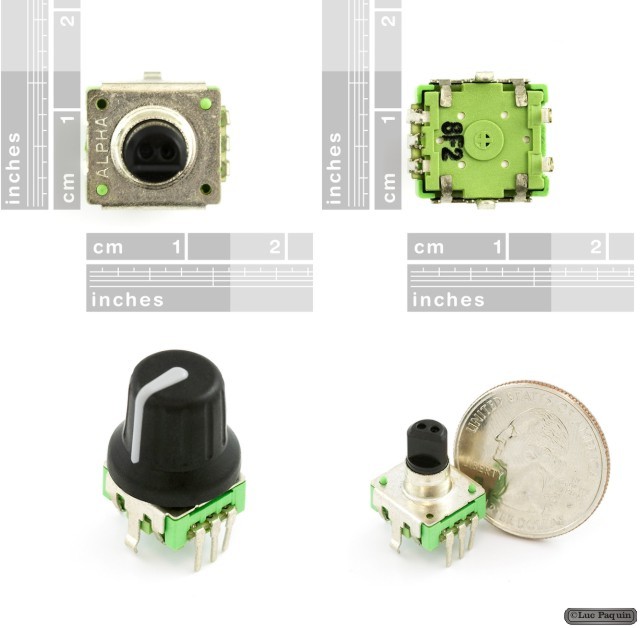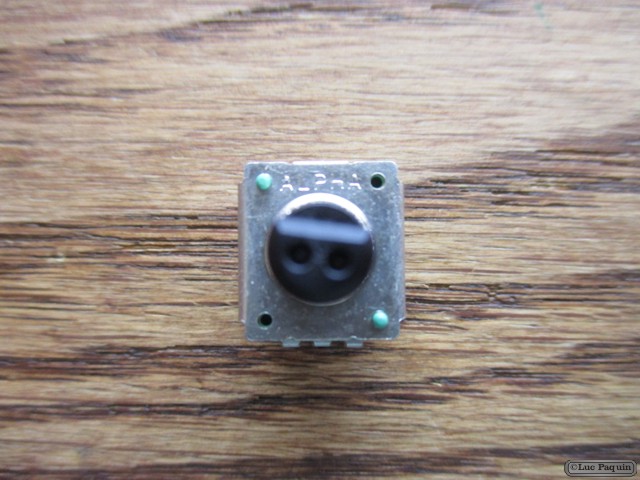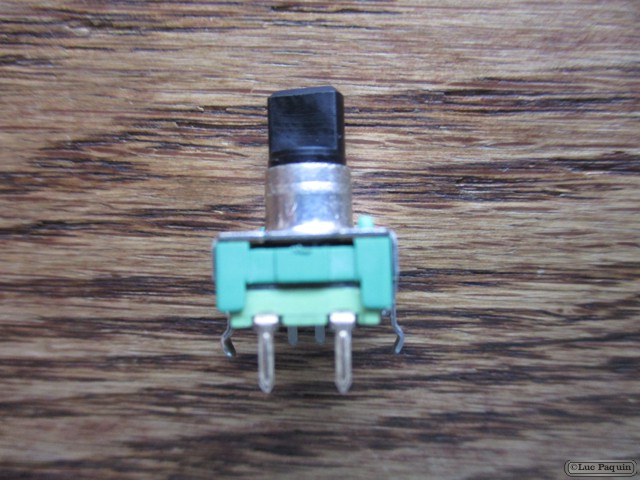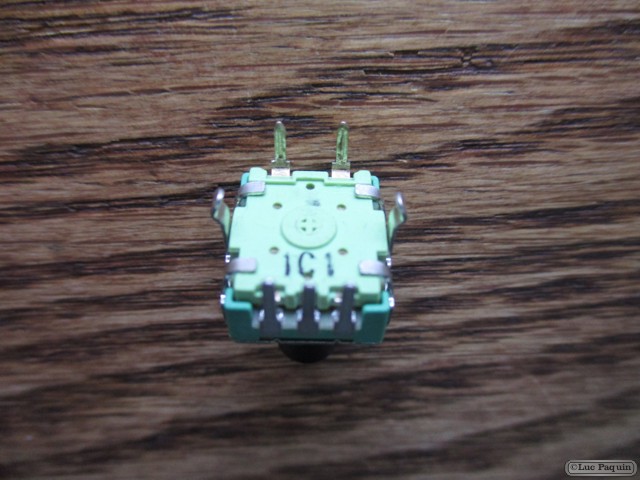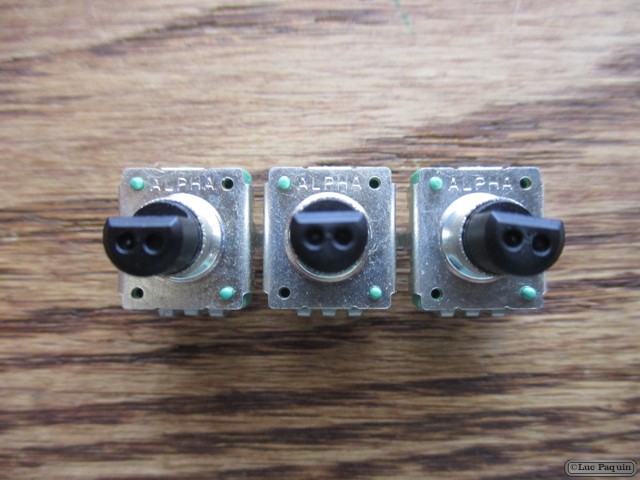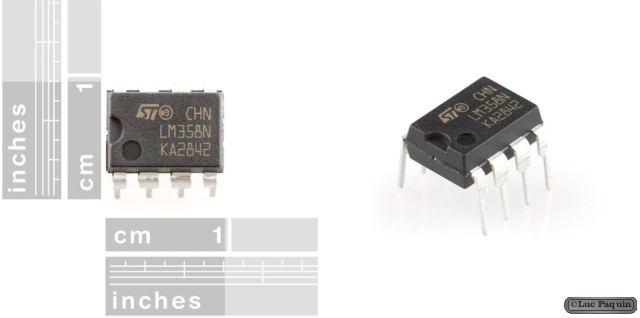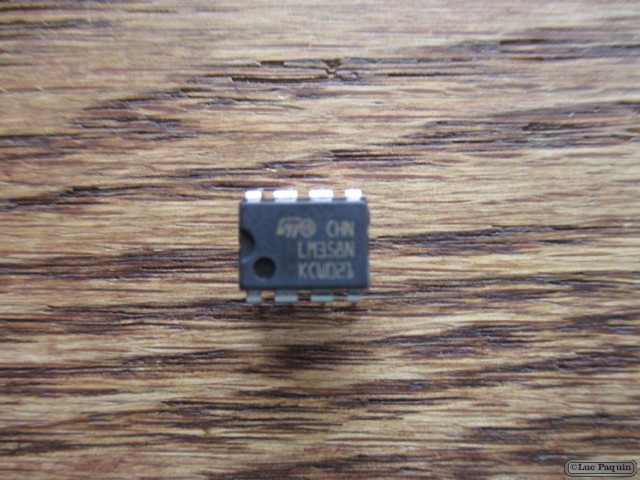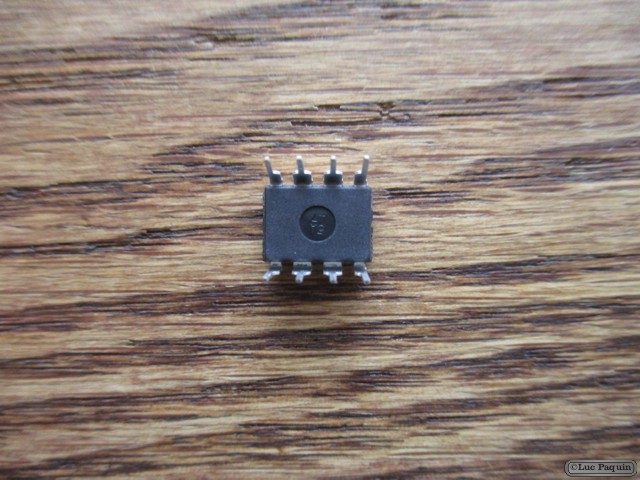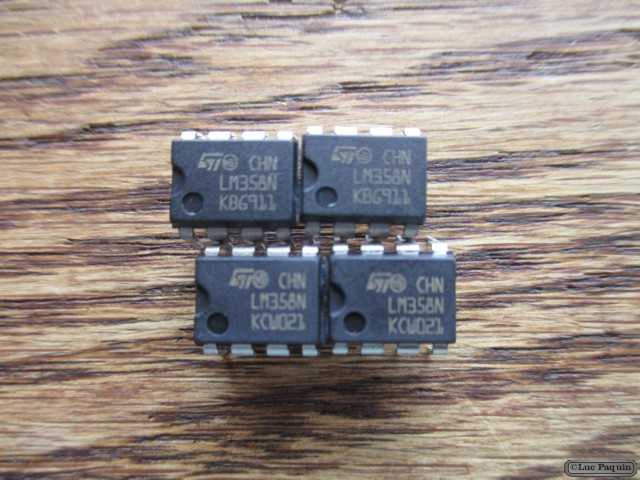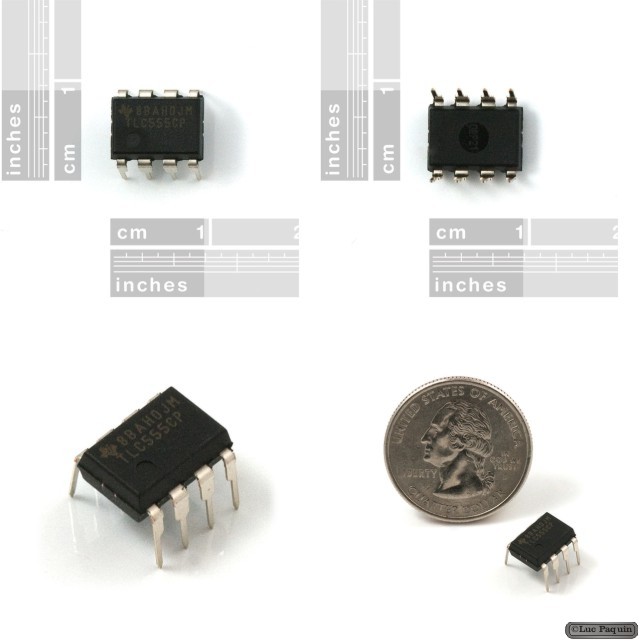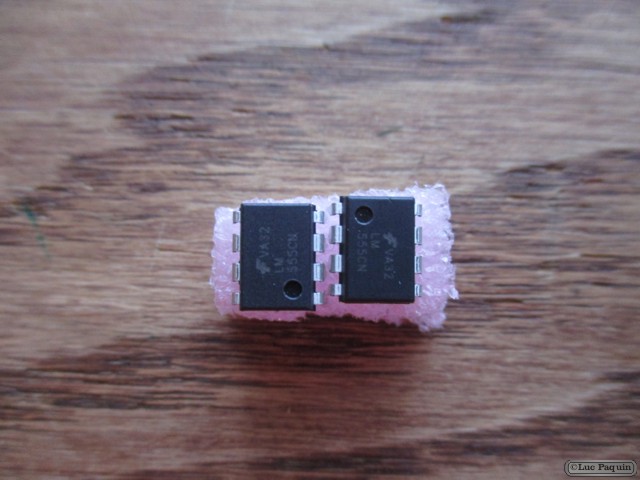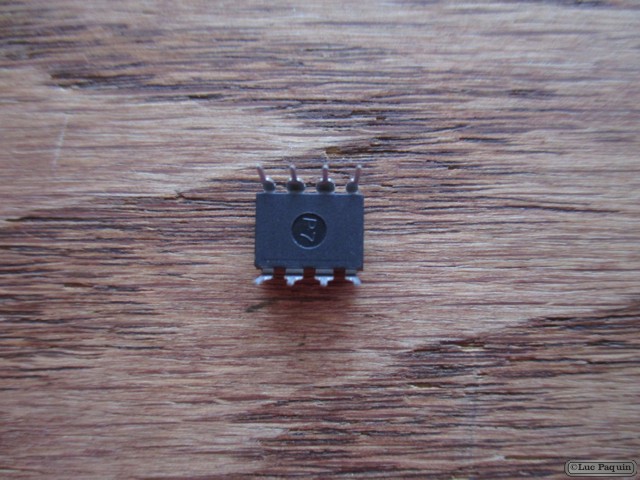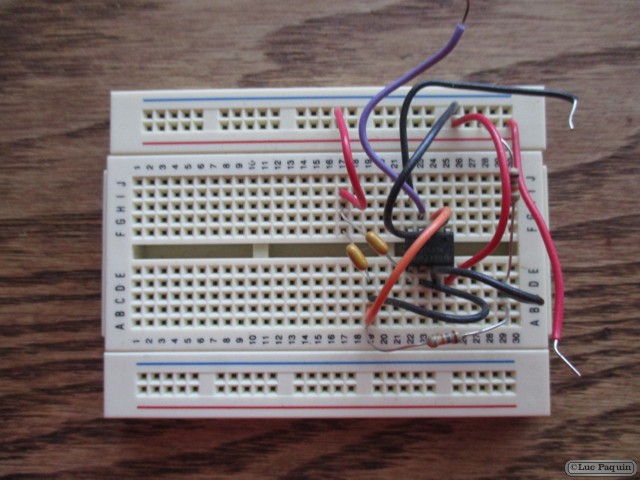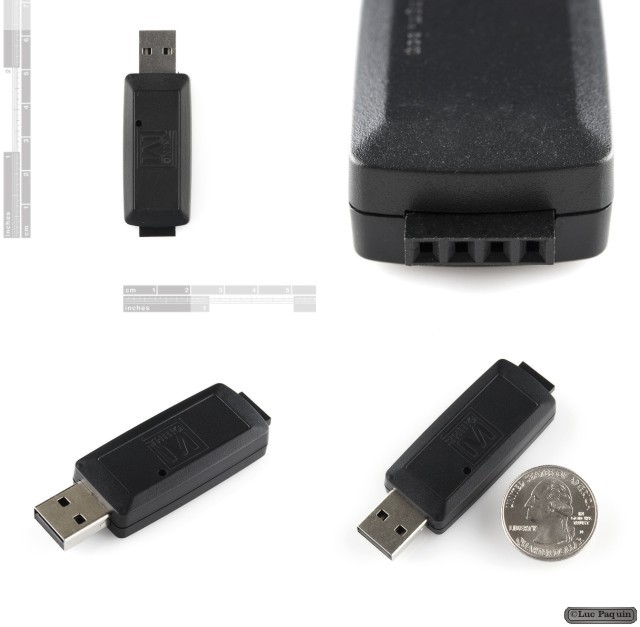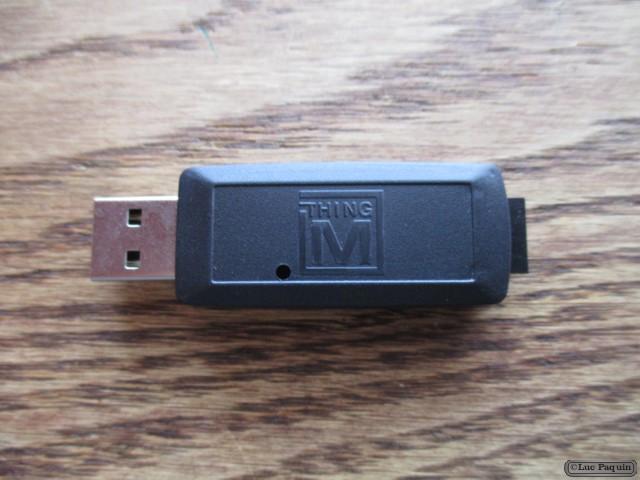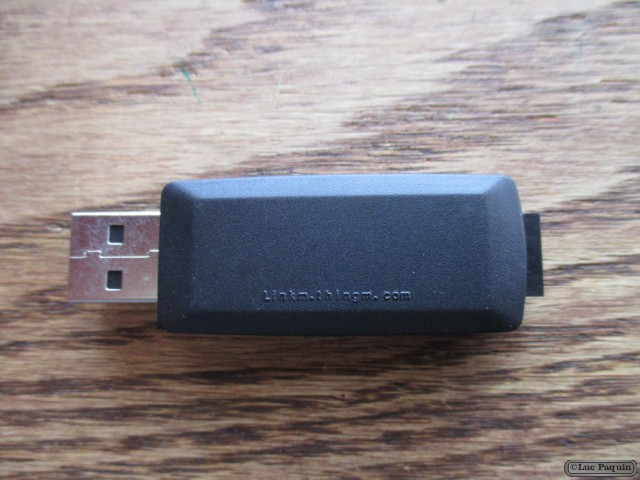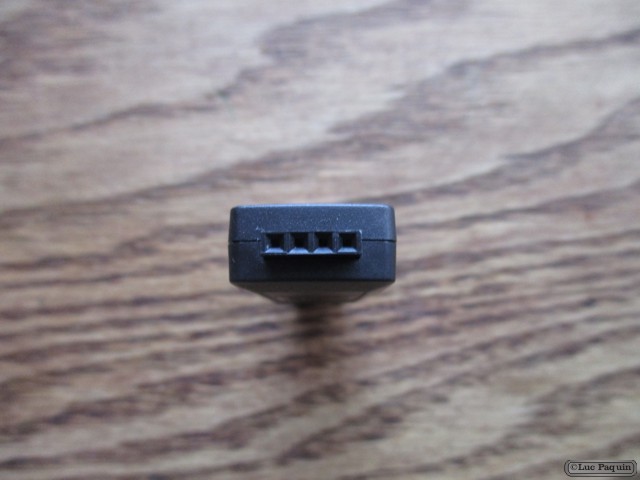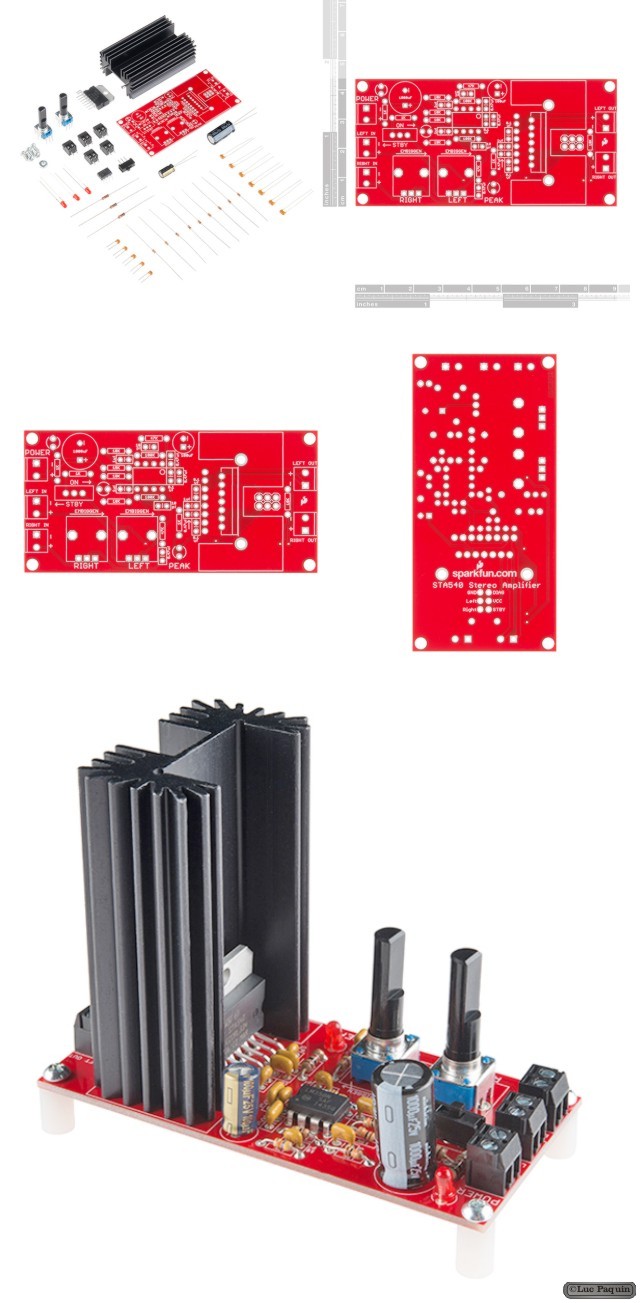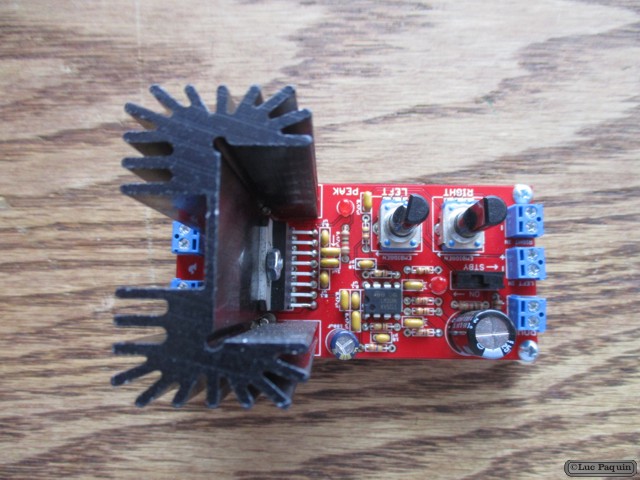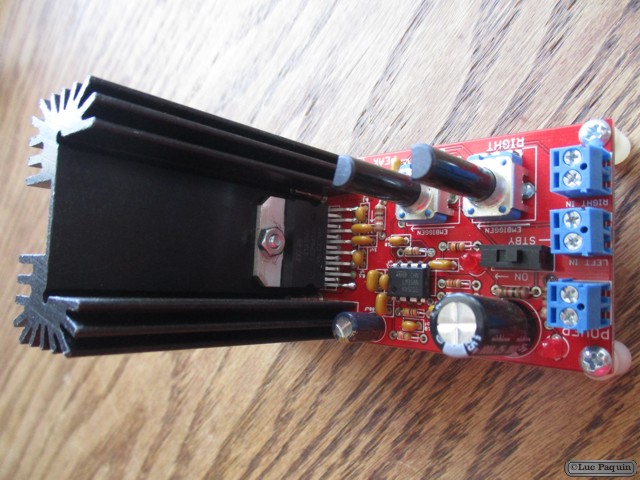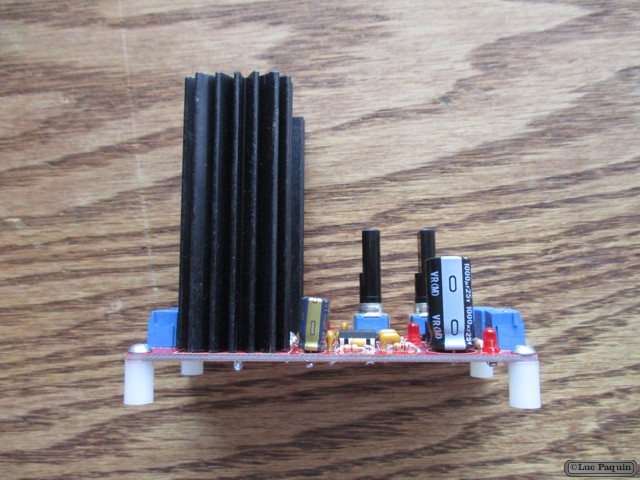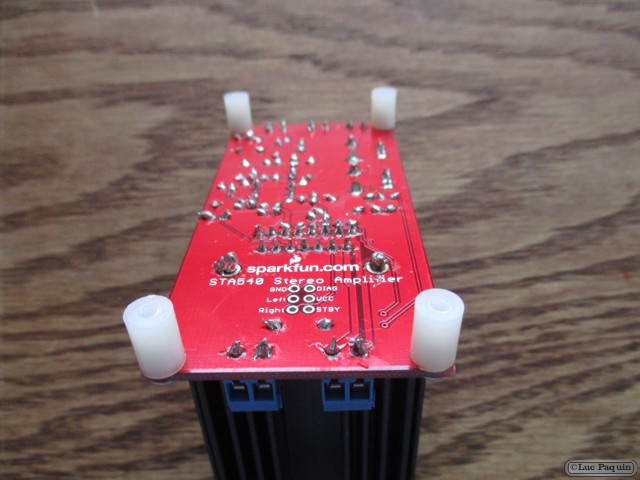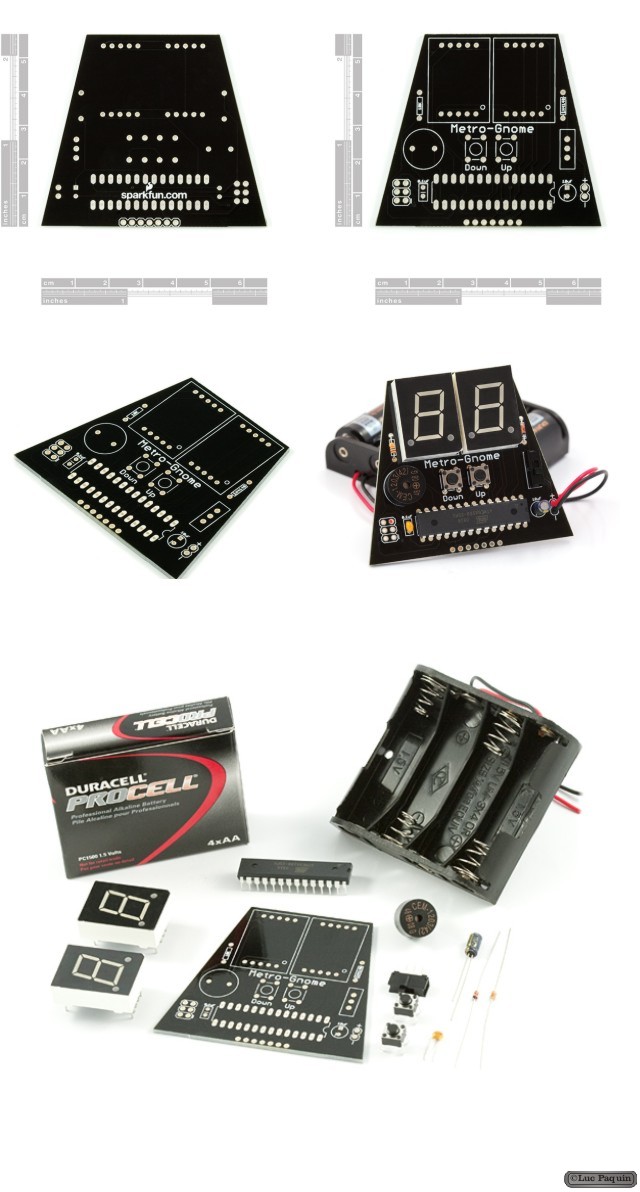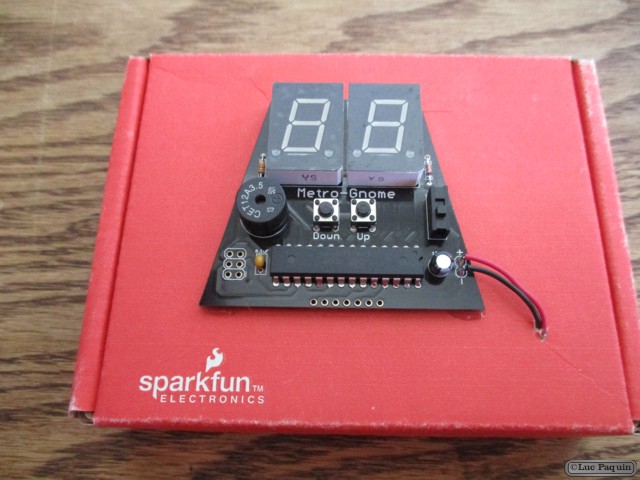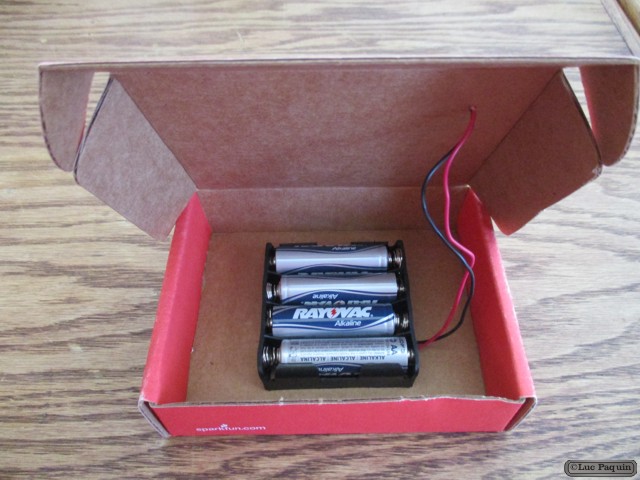Musical Instruments
Musical Instruments
SparkFun – Rotary Encoder
SparkFun: COM-09117
Description: This is a 12-step rotary encoder with a nice ‘clicking’ feel. It’s breadboard friendly, and has a pretty handy select switch (by pushing in on the knob). The encoder is different from a potentiometer in that an encoder has full rotation without limits. The unit outputs gray code so that you can tell how much and in which direction the encoder has been turned.
Don Luc
SparkFun – Op-Amp (Thru-Hole) – LM358
SparkFun: COM-09456
Description: The LM358 is a great, easy-to-use dual-channel opamp. Opamps have so many applications we figured we should probably carry at least one in a DIP package. LM358 applications include transducer amplifiers, DC gain blocks and all the conventional opamp circuits.
If you’re looking for a good, standard opamp the LM358 should fill most of your needs. It can handle a supply of 3-32VDC and source up to 20mA per channel. This opamp is great if you need to operate two individual opamps from a single power supply. Comes in an 8-pin DIP package.
Features:
- Two internally compensated op-amps
- Internally frequency compensated for unity gain
- Large DC voltage gain: 100 dB
- Wide bandwidth (unity gain): 1 MHz (temperature compensated)
- Wide power supply range:
- Single supply: 3V to 32V
- or dual supplies: +/-1.5V to +/-16V
Don Luc
SparkFun – 555 Timer
SparkFun: COM-09273
Description: This is a common 555 timer/oscillator from TI. A classic for all of those first year circuits projects where you need to blink an LED, generate tone, and thousands of other great beginning projects. Google around for a huge list of resources and example projects.
Features:
- 4.5V to 16V supply
- 8-pin DIP package
- Timing from microseconds to hours
- Astable or monostable operation
- Adjustable duty cycle
- TTL compatible output
- Sink or source up to 200mA
Don Luc
SparkFun – LinkM – USB to I2C
SparkFun: COM-09903
Description: LinkM is a USB adapter that addresses two of the most frequently-requested BlinkM features. It enables you to program BlinkMs without setting up a separate I/O board, such as an Arduino. It also lets you program or control multiple BlinkMs simultaneously. Plug it in, plug in a BlinkM, fire up the BlinkM Multitrack Sequencer, and start programming BlinkMs. It requires no drivers (when used with most operating systems), additional software or hardware. BlinkM’s sold separately.
Features:
- Driverless. Identifies itself as a USB Human Interface (HID) class device, which nearly every operating system supports without requiring additional drivers.
- Has no exposed components. Its hard plastic case makes it appropriate for long-term installation.
- Synchronizes groups of BlinkMs with a metronome signal so that their patterns do not drift in time (this even works when the LinkM is only connected to a power supply, such as an iPod USB charger).
- Works as a generic USB->I2C device, making it compatible with hundreds of standard I2C devices.
- Contains an I2C buffer chip for driving longer I2C bus cables.
- Open Source firmware, available from Google Code
- Open Source libraries for C, Java and Processing that work on Mac OS X, Windows XP/7 and Ubuntu Linux, also available from Google Code.
- Acts as an I2C master with built-in BlinkM metronome for synchronizing groups of BlinkMs so that their patterns do not drift with time
- Additional I/O pins on the board. AVR hackers can crack open the case to get access to digital I/O pins and use LinkM as a standalone microcontroller platform.
Don Luc
SparkFun – Audio Amplifier Kit – STA540
SparkFun: KIT-09612
Description: This is a stereo amplifier kit designed to make use of the STA540 power amplifier IC. Once this kit is completed you have a fully functional, two-channel audio amplifier, complete with a standby switch, volume control and indicator LEDs. The kit also includes a 6400BG heatsink for the STA540 to dissipate any damaging heat.
In this kit, the STA540 is configured as a dual bridge amplifier capable of delivering up to 2x 38W (4O at 18V). Power supplied to the kit directly powers the STA540 and should be within 8 to 22V.
This kit comes as a bag of parts, you’ll need to solder everything to the PCB. All components are through-hole, so it shouldn’t be too difficult; but this kit is a bit more complex than our other through-hole kits.
Kit Includes:
- 1 x STA540 Audio Amplifier Kit PCB
- 1 x STA540 Dual/Quad Power Amplifier
- 1 x 6400BG Heatsink
- 1 x LM358 Op Amp
- 3 x LED – Basic Red
- 1 x SPDT Mini Power Switch
- Resistors:
- 5 x 10K Ohm
- 3 x 1.0K Ohm
- 2 x 47k Ohm
- 2 x 100k Ohm
- 2 x 10k Giant Trimpot
- Capacitors:
- 1 x 0.1uF-50V-20%
- 1 x 100uF – 25V
- 4 x 0.47uF-25V
- 2 x 10pF – 200V – 5%
- 3 x 1uF – 50V – -20,+80%
- 1 x 1000uF/25V
- 5 x 2-Pin Screw Terminal – 3.5mm
- 4 x Nylon Round Female Standoff
- 5 x Phillips Screw with 4-40 Thread
- 1 x #4-40 Hex Nut
Don Luc
SparkFun – Metro-Gnome
SparkFun: KIT-09236
Description: The SparkFun Metro-Gnome is a basic digital metronome used to keep time during music practice. This is a basic kit that goes together in 15-20 minutes for people learning to solder, and 5-10 minutes for those with a bit of experience.
Kit Includes:
- 1 x Metro-Gnome PCB
- 1 x ATmega168
- 2 x 7-segment red LED
- 1 x 10uF cap
- 1 x 0.1uF cap
- 1 x 10k resistor
- 1 x 1N4148 diode
- 1 x Piezo Speaker
- 1 x mini power switch
- 2 x push button reset switches
- 1 x battery holder pack
- 4 x 1500mAh AA Alkaline Battery
Don Luc
Project #1 – The AcceleroSynth – Mk1
Apr 3, 2012 @ 15:03
We are finally ready for our first electronics project, The AcceleroSynth. It is an microcontroller-based (Arduino) music synth that is controller by a 3 axis analog accelerometer. It will be both a hardware and a software synth. This is the announcement for the project and in the coming days I will post the BOM (Bill of Material), schematics and Arduino code with the first assembly video. The project will first be assembled on a protoboard, then a soldered version will be built either on a perfboard or on an Arduino ProtoShield. If there is enough demand either a PCB or an Arduino Shield will be built for the project and sold here. More on that later. The first installment on the building of the project should be up on a few days.
Don Luc
